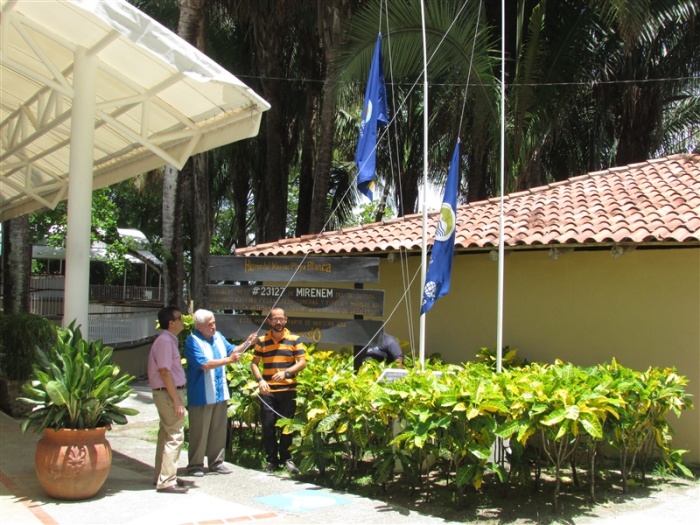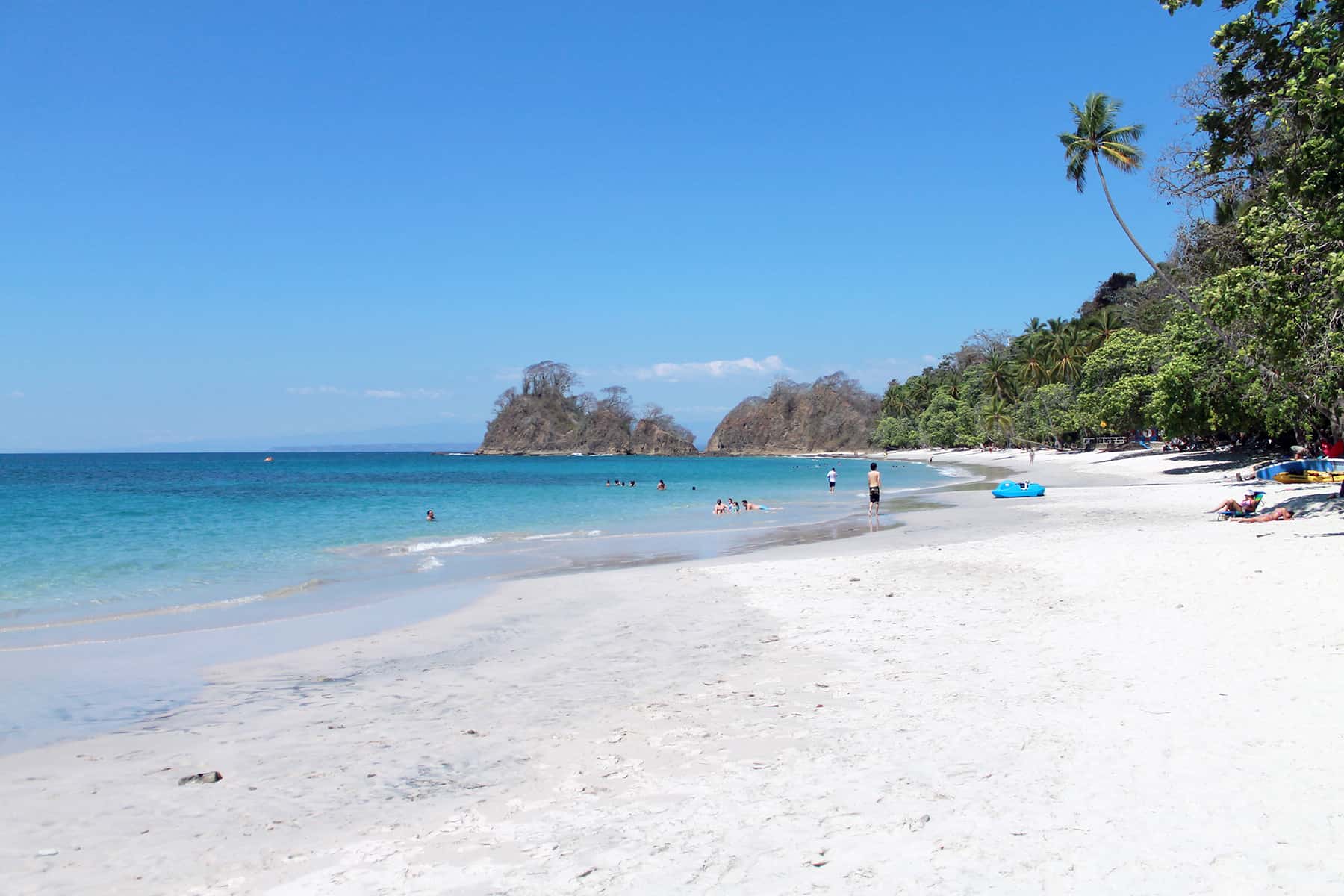Vacationers heading to Costa Rica’s beaches can rest assured that the water is clean and safe at beaches proudly displaying a blue flag. These beaches, recognized through the Ecological Blue Flag Program, are celebrated for their commitment to environmental sustainability, cleanliness, and visitor safety.
The Costa Rican Tourism Board oversees the prestigious Ecological Blue Flag Program, awarding flags to the country’s cleanest and most sustainable beaches. Local communities apply for this certification, which evaluates factors such as ocean and drinking water quality, waste management, recycling facilities, safety measures, and environmental education initiatives.
The program recognizes beaches with one to five stars, with five stars representing the highest level of achievement. Currently, six beaches hold the coveted five-star rating: Playa Matapalo, Punta del Madero, Playa Blanca (Punta Leona), Playitas, Playa Carillo, and Playa Blanca (Cahuita). These beaches excel in maintaining pristine conditions, offering top-tier services, and implementing robust environmental practices.
Other notable beaches include those with three-star ratings, such as Playa Junquillal, Playa Hermosa, and Puerto Vargas, which demonstrate strong ecological efforts. A total of 136 beaches have earned the Blue Flag distinction, with many certified at one or two stars, reflecting ongoing progress toward sustainability. New additions to the program include beaches like Playa San Francisco in the northern Caribbean and Playa Caldera in Puntarenas, showcasing the program’s expanding reach.
The distribution of Blue Flag beaches spans Costa Rica’s diverse coastlines: 45 in North and South Guanacaste, 32 in Puntarenas and the islands of the Gulf of Nicoya, 32 in the Middle Pacific, 13 in the South Pacific, and 14 in the Caribbean. This widespread recognition highlights the collective efforts of coastal communities to preserve their natural treasures.

The certification process is rigorous, assessing environmental factors like seawater quality, coastal cleanliness, and access to potable water. Safety is also a priority, with evaluations focusing on riptide warnings, lifeguard availability during weekends and high season, and the presence of emergency services. Additional considerations include public access to showers, restrooms, and recycling facilities, as well as environmental education programs in nearby schools and communities.
Beyond beaches, the Ecological Blue Flag Program extends to 10 other categories, including environmental awareness in communities, schools, protected areas, and micro-watersheds, as well as climate change mitigation, sustainable homes, and special events. These awards, judged by a coalition of public agencies and non-profit organizations, reflect Costa Rica’s holistic commitment to sustainability.
Tourism officials commend the program for fostering community-driven efforts to protect Costa Rica’s natural beauty. The Blue Flag certification not only ensures a clean and safe experience for visitors but also strengthens the country’s reputation as a global leader in sustainable tourism. Whether you’re seeking a serene escape or an adventure along the coast, Blue Flag beaches offer the perfect blend of natural splendor and environmental responsibility.
For a complete list of certified beaches by region, visit the Costa Rican Tourism Board’s official website.








